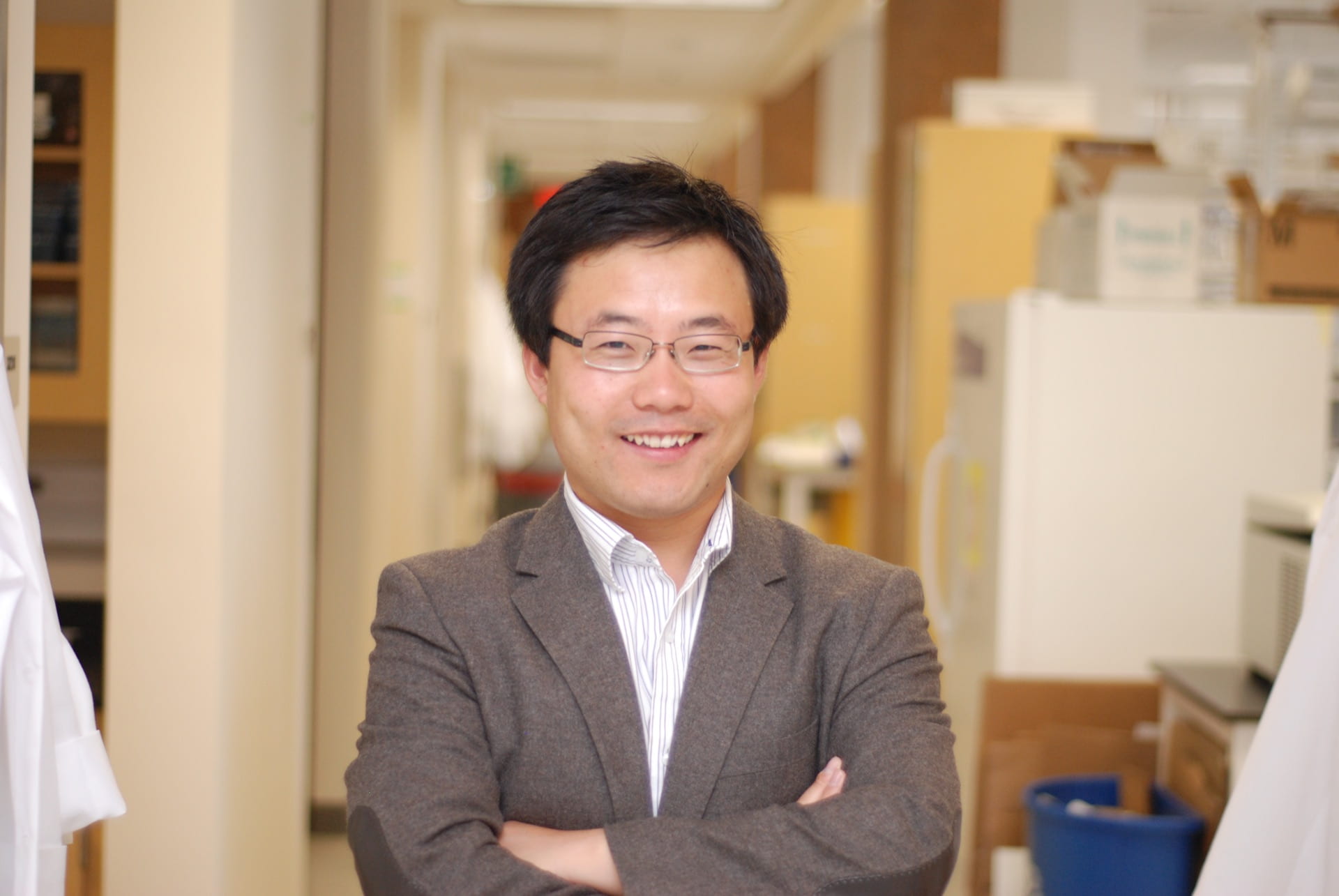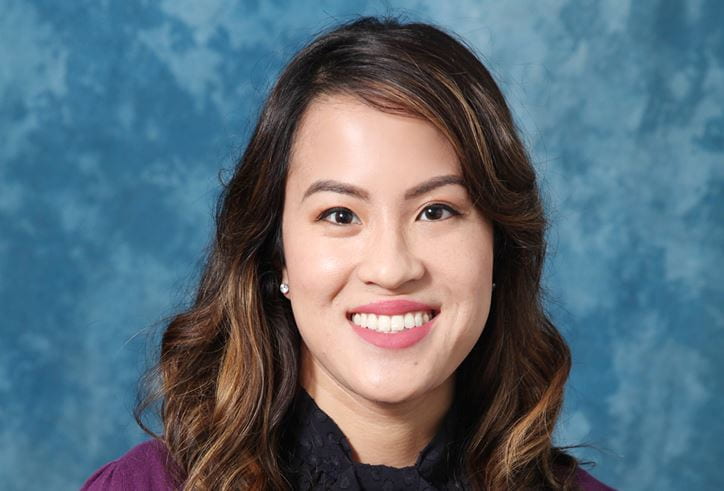UCI-led team develops new biopsy technology for analyzing multiple tumor tissue biomarkers
Mapping cellular spatial organization and interactions will advance personalized treatment

Irvine, Calif., Jan. 10, 2022 – A team led by University of California, Irvine researchers has developed a new biopsy technology that can profile multiple tumor microenvironment biomarkers simultaneously, revealing cellular spatial organization and interactions that will help advance personalized disease diagnosis and treatment. Current single-biomarker biopsies lack the ability to analyze many different markers and often fail to predict patient outcomes.
Called the Multi Omic Single-scan Assay with Integrated Combinatorial Analysis, the fluorescence imaging-based technology can spatially profile a large number of mRNA and protein markers in cells and tissues, including clinical tumor tissues. A study published today in Nature Communications shows that MOSAICA enables direct, highly multiplexed biomarker profiling in a 3D spatial context using a single round of staining and imaging instead of the repeated processing steps typically needed in conventional methods.
Clinicians and scientists will now have a holistic view of the different immune and cancer cell types in tumor tissues, providing greater insight for determining patient prognosis and treatment.
“Spatial biology is a new science frontier and mapping out each cell and its function in the body at both the molecular and tissue level is fundamental to understanding disease and developing precision diagnostics and therapeutics,” said Weian Zhao, Ph.D., UCI professor of pharmaceutical sciences and study co-corresponding author. “Many cancer immunotherapeutics, including immune checkpoint inhibitors, don’t work and scientists realized that was because of the spatial organization of all the tumor tissue cell types, which dictates drug efficacy. The MOSAICA can characterize the spatial cellular compositions and interactions in the tumor immune microenvironment in biopsies to inform personalized diagnosis and treatment.”
A startup company called Arvetas Biosciences, Inc. was co-founded by Zhao and Alan K. Hauser, Ph.D., to further develop and commercialize the technology for widespread use, ranging from oncology to neurological disorders. The company is being incubated at University Lab Partners and is supported by UCI Beall Applied Innovation. Arvetas recently received a $400,000 Small Business Innovation Research grant (75N91021C00021-0-9999-1) from the National Cancer Institute to further refine and validate the technology in translational oncology.
The research team also included Enrico Gratton, Ph.D., UCI professor of biomedical medical engineering and study co-corresponding author, along with Jie Wu, Anand Ganesan, Joshua Gu, Jessica Shui, Linzi Hosohama, Christopher Douglas and Marian L. Waterman, all of UCI’s School of Medicine; Tam Vu, Alexander Vallmitjana, Kieu La and Qi Xu of UCI’s Samueli School of Engineering; Jan Zimak and Per Niklas of UCI’s School of Pharmacy & Pharmaceutical Sciences; and Jesus Flores from the CIRM Stem Cell Research Biotechnology Program at California State University, Long Beach.
This work was supported by the National Institutes of Health (grants U54CA217378, P30AR075047, P30CA062203, NIH/NIGMS R21GM135493, P41GM103540, S10OD025017, AI 060573 and NS082174), National Science Foundation (grants CHE-0722519, DGE-1839285), the Balsells Fellowship and the UCI Precision Health through Artificial Intelligence Initiative.
About the University of California, Irvine: Founded in 1965, UCI is the youngest member of the prestigious Association of American Universities and is ranked among the nation’s top 10 public universities by U.S. News & World Report. The campus has produced five Nobel laureates and is known for its academic achievement, premier research, innovation and anteater mascot. Led by Chancellor Howard Gillman, UCI has more than 36,000 students and offers 224 degree programs. It’s located in one of the world’s safest and most economically vibrant communities and is Orange County’s largest employer, contributing $7 billion annually to the local economy and $8 billion statewide. For more on UCI, visit www.uci.edu.
Media access: Radio programs/stations may, for a fee, use an on-campus ISDN line to interview UCI faculty and experts, subject to availability and university approval. For more UCI news, visit news.uci.edu. Additional resources for journalists may be found at communications.uci.edu/for-journalists.
About UCI’s Brilliant Future campaign: Publicly launched on October 4, 2019, the Brilliant Future campaign aims to raise awareness and support for UCI. By engaging 75,000 alumni and garnering $2 billion in philanthropic investment, UCI seeks to reach new heights of excellence in student success, health and wellness, research and more. The School of Pharmacy & Pharmaceutical Sciences plays a vital role in the success of the campaign. Learn more by visiting: https://brilliantfuture.uci.edu/school-of-pharmacy-and-pharmaceutical-sciences/.


